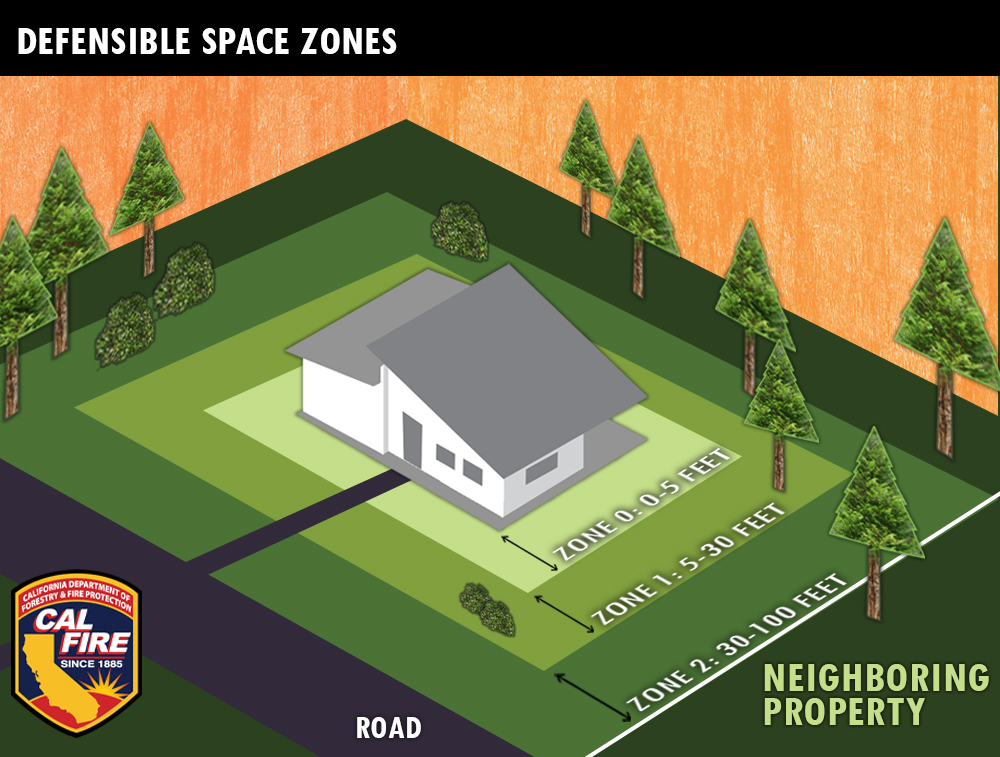I decided to discuss wildfire since it has been California’s new reality, and generally the reality of every region that has a Mediterranean weather.
Nowadays, climate change has become the leading factor of wildfires. The rapid increase of heat leads to dryer conditions which in return increase the accumulation of fuels necessary for fires to ignite and spread fast.
Most of the destructions from wildfires in California has been observed in Wildland Urban Interface (WUI). WUI’s are areas where structure melds with undeveloped wild-land. Humans who reside in WUI areas are at a greater risk of experiencing destructions and damages from wildfires.
WUI’s support a number of plant species some of which have been identified as fire prone plants, particularly in California where these plants have evolved in Mediterranean climates. These plants are as follow:

While we cannot fully eliminate the spread of fires in WUI’s, we can however find ways to reduce the danger it can cause on the communities residing in those areas.
These are some examples to help reduce property vulnerability to wildfire and to ensure the safety of the community residing in WUI’s:
- Establishment of “firescaping” and defensible spaces around existing structures.
- Evacuation fuel breaks
Establishment of “firescaping” and defensible spaces around existing structures:

Zone 0: (5 feet away from the structure) Get rid of any flammable materials such as a wooden fence or shrubs growing up against the side of the house. Replace them by other materials that do not burn, such as gravel, cobbles and concrete.
Zone 1: (30 feet away) get rid of any overhang trees located next to the structure and eliminate any fire prone vegetation species located in that zone. This would ensure fuel breakout which would prevent damages to the nearby structure.
Zone 2: (100 feet away) Get rid of any dead branches or debris located within that zone. And break up any continuous fuel canopy that leads towards the structure.
Evacuation fuel breaks:
Evacuation routes should be cleared of any trees or flammable material that could lead to an obstructing during a wildfire
Contrary to popular believes fire is not the enemy, nor was fire meant to be suppressed. In fact, fire is a natural phenomenon and is a crucial part of our ecosystem. In addition, many indigenous people have used fire as a common cultural burning practice which helped contribute with the revitalization of the land and the ecosystem. Therefore, it is important for communities to find different mitigation actions and to take the necessary steps to protect themselves when a wildfire occurs.
You must be logged in to post a comment.